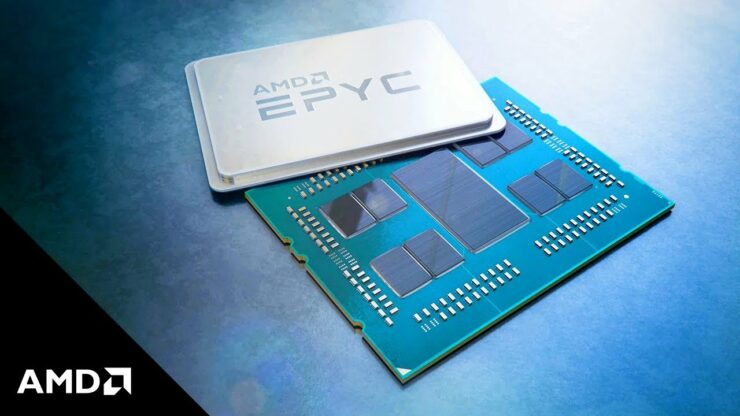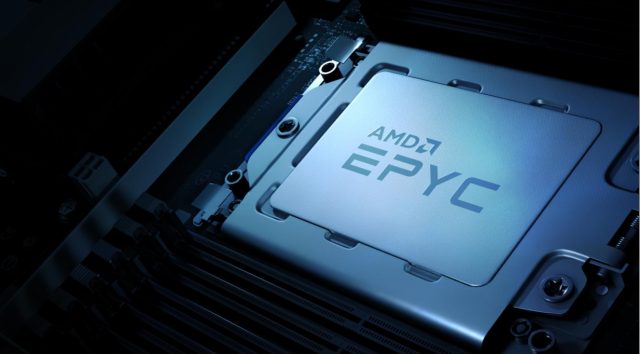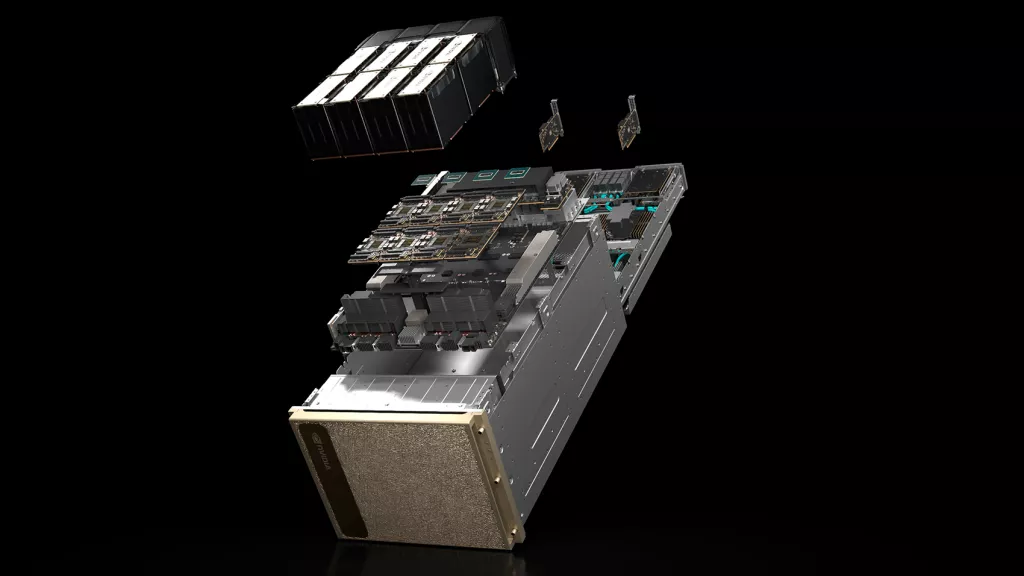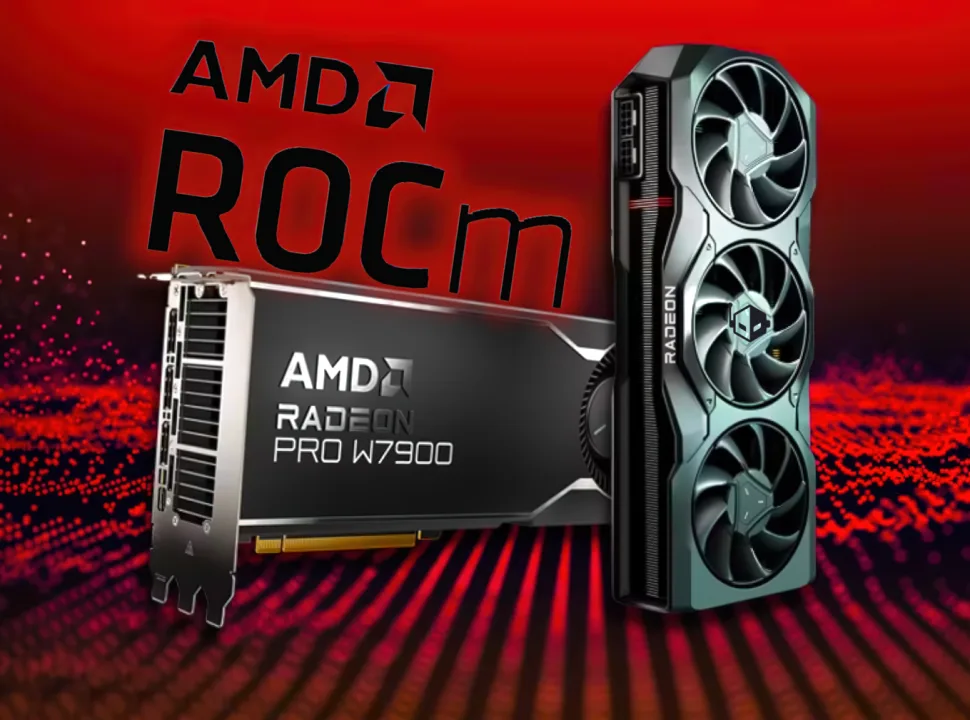Nvidia’s CEO, Jensen Huang, has revealed that the business will switch entirely to Intel processors for its forthcoming DGX H100 unit and supercomputer projects in the future. Nvidia will use Intel’s next Sapphire Rapids Xeon processor series to completely replace AMD’s Zen 3 EPYC CPU, which the company has been utilizing for years.
The superior single-threaded performance of Sapphire Rapids over the competition, according to Huang, was the key reason for switching CPU brands. Given that Sapphire Rapids Xeon Scalable CPUs are currently arriving at clients, it makes logical. Meanwhile, AMD is focused on its Zen 3 and Zen 3 V-Cache EPYC CPUs. The business has yet to disclose a timeline for the delivery of its planned Genoa Zen 4-based server CPUs, which will be a direct competitor to Sapphire Rapids.

Intel’s next-generation server architecture, Sapphire Rapids, will feature the same Golden Cove performance cores as the company’s desktop Alder Lake architecture. Alder Lake’s server version is Sapphire Rapids.
Sapphire Rapids should be able to match Intel’s Alder Lake architecture in terms of IPC
Sapphire Rapids will also support the most recent memory and storage technologies, such as DDR5, HBM2E, and PCIe Gen 5, ensuring that it is up to date with the most cutting-edge technology.
On the highest trim levels, core counts should reach 56 cores, with 80 PCIe Gen 5 lanes. The only issue with Intel’s core specifications is that AMD beats Intel in terms of core count, with top-of-the-line chips like the EPYC 7773X having 64 cores, eight more than the Sapphire Rapids.
It should make Sapphire Rapids perform worse in multi-threaded tasks than Zen 3 EPYC, and this appears to be the case based on leaked Sapphire Rapids benchmark data. Nvidia, on the other hand, appears to be unconcerned about this because its H100 DGX units are nearly solely focused on single-threaded performance.
Sapphire Rapids will also support some modern technologies that were not supported by Intel’s earlier Ice Lake server architecture. The new AMX AVX512 BF16 instruction set for deep learning applications, as well as a special Data Streaming Accelerator that offloads all storage calls from the CPU to a specialized chip to reduce CPU consumption, are just a few of them.

In comparison to AMD’s current Zen 3 products, Sapphire Rapids’ DGX units will have considerably higher single-threaded performance, higher memory bandwidth, and more PCIe bandwidth.
The DGX H100 is designed specifically for AI-intensive applications, with each DGX unit including eight of Nvidia’s brand new Hopper H100 GPUs, each having a performance output of 32 petaFlops.
also read:
Apple brings Massive Improvements and Changes to its LockScreen and Messages with the New iOS 16








